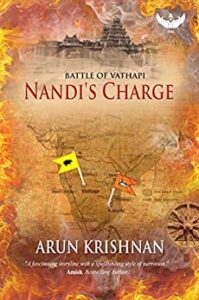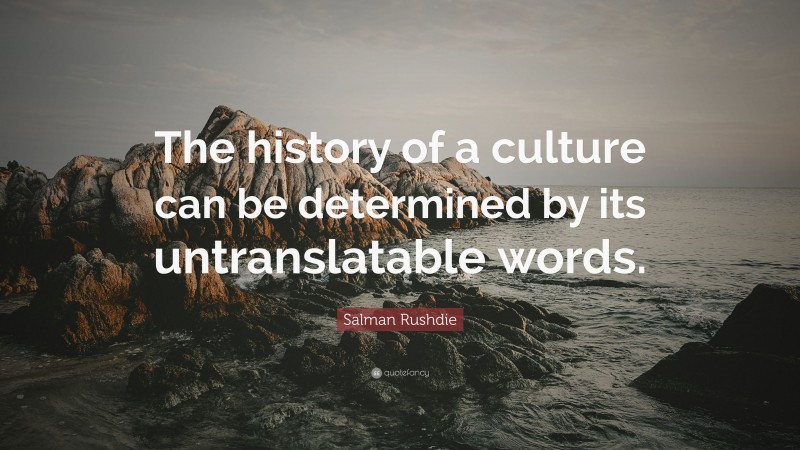
For me Kalki (R Krishnamurthy) has been the bench mark for historical novels and I can’t help it.
Have read Akilan, (Vettrithirunagar ) Ko Vi Manisekaran, Sandilyan , Balakumaran and Vikraman (longest list of historical novels)
Nandi’s charge is the first book ,I have read in English , that is based on South Indian history .
Be that as it may, most historical fiction tends to become action and adventure stories based on the adventures of spies . Often spies had to cross the proverbial seven seas and seven mountains just to hand over an olai.(a message)
The kings were confined to their palaces. Romance in the royal families also didn’t make much sense as they married to meet the political compulsions and that too more than once.
So Ponniyin selvan has a soldier-spy (redoubtable Vandiyathevan) a devotee spy (Azhvarkadiyaan) a bikshu spy (Naganandi) etc.
Arul mozhi varman himself is neither a king or the crown-prince and so could indulge in adventure and romance across two countries.
Then authors resort to the king moving about incognito..like mahendravarman as a soldier ‘vajra bahu’ in Sivakamiyin sabatham and narasimhavarman as sivanadiyar in ‘partiban kanavu’
 Coming to the the book ‘Nandi’s charge’ the plot is fairly simple. Three tasks are assigned to three soldiers for a common purpose of weakening the enemy before the campaign.
Coming to the the book ‘Nandi’s charge’ the plot is fairly simple. Three tasks are assigned to three soldiers for a common purpose of weakening the enemy before the campaign.
The idea of three parallel threads running concurrently makes an interesting read. Well, going to realms of fantasy, if the three protagonists had had communication through Instagram, the visuals would have been terrific.
Kannan’s exploits is all about guerrilla warfare (the word is from Spanish originated in 19th century; wonder what was the Tamil word in 7th century and whether it captures the essence of the warfare conducted by trained soldiers against other trained soldiers in certain circumstances )
Adventures of the other two teams ; Elango and Sangamitra ; Muthuvel and Sadaiyan ; are a kind of catch me if you can type escape and evasion stories.
Each of the stories by itself could have made a stand alone novel as these characters never meet each other after the first chapter!
The author, right at the time of introduction seems to like Elango and Kannan more as compared to Muthuvel. We have Sangamitra for Elango and Indumathi for Kannan while Muthuvel is left high and dry with Sadaiyan , the lovable , little thief.
The minor unit tactics of Kannan and his teams are absorbing. From military point of view also the moves appear authentic. Just a thought ; an ambushing party taking up on itself to perform cremation of it’s victims would be a huge drain on time and energy besides giving off a huge smoke signal.
There is also the capturing of a fort wherein the main action is cutting off the reinforcement. It makes an interesting read, as any battle seen from the comfort of a secure place is always captivating.
There would be some issues debatable , but just as in a game of chess, if neither player makes a mistake , we are going to see a boring draw.
Normally , any body of troops engaged in a tactical move, as against purely administrative move would follow certain drills. When encountering a water obstacle, normally infantry crosses first, secures the far bank called the bridge head and then other troops including cavalry follows. The logic is that cavalry cannot hold ground. But then, one might say, in the ancient days, what was cavalry but horse-mounted infantry?
There is jungle lore, watermanship, and plain bloody infantry tactics with all that mud,sweat, and blood.
Over all an engrossing read !

